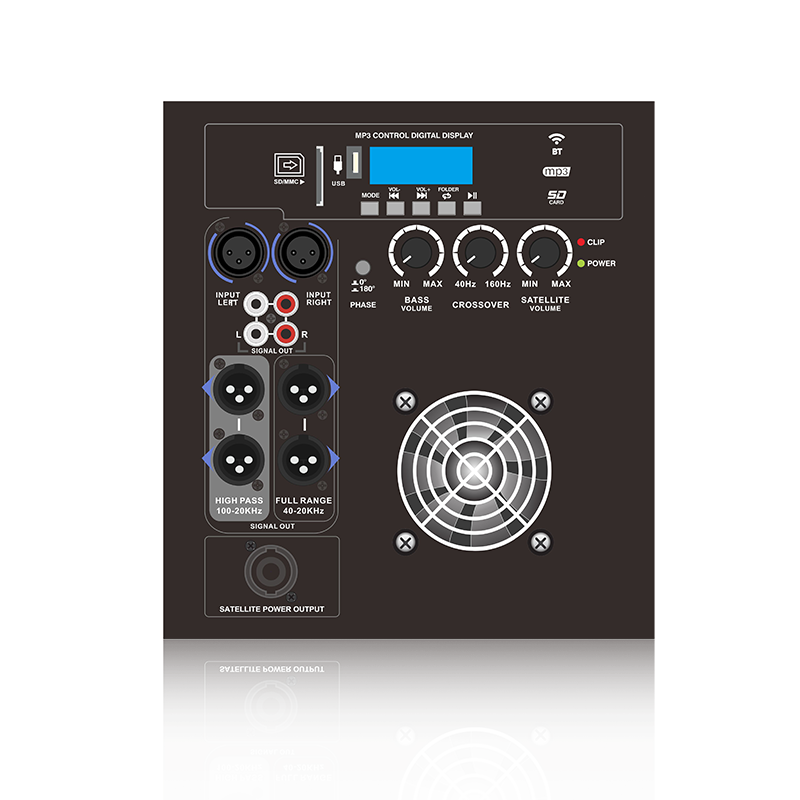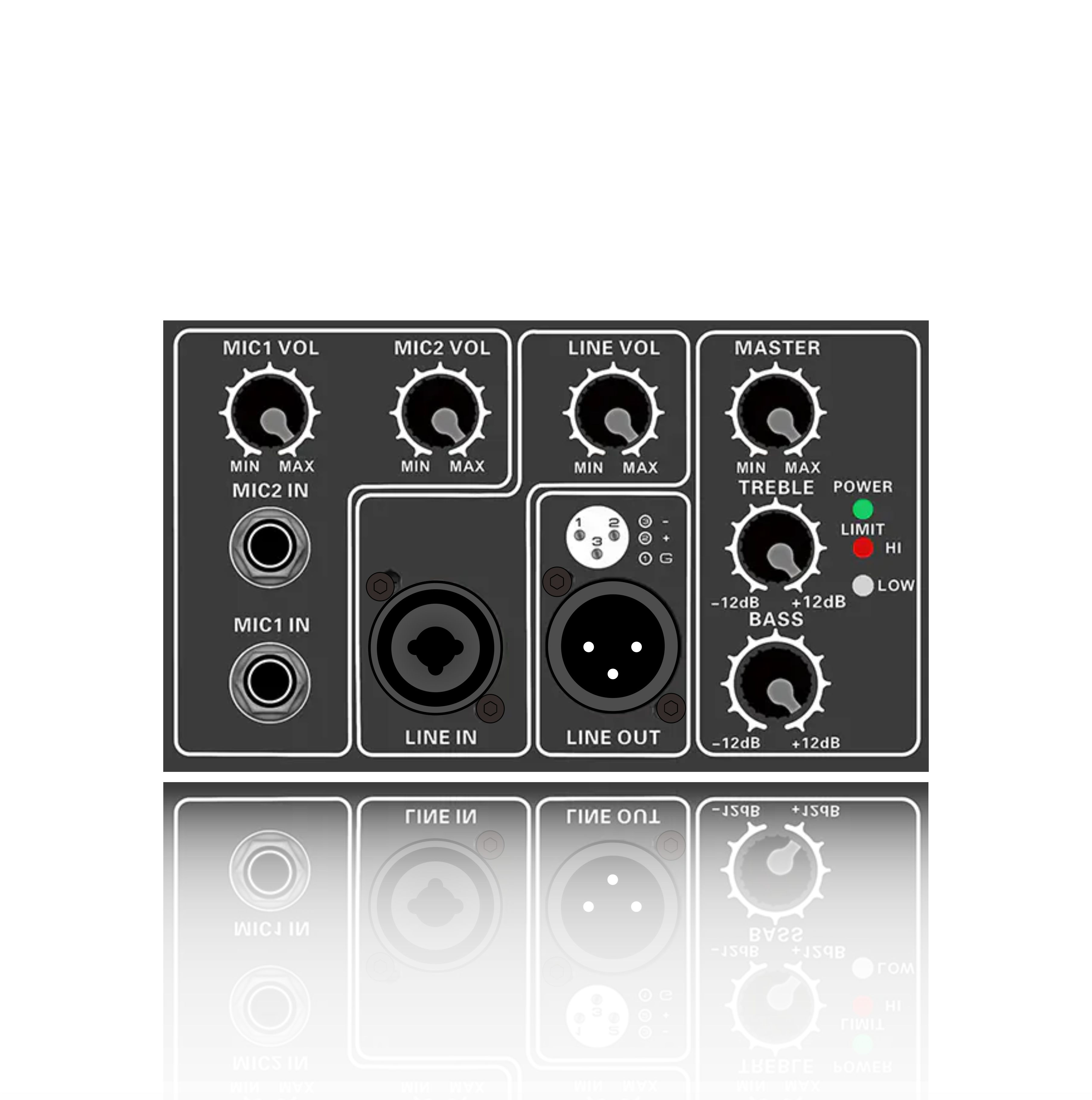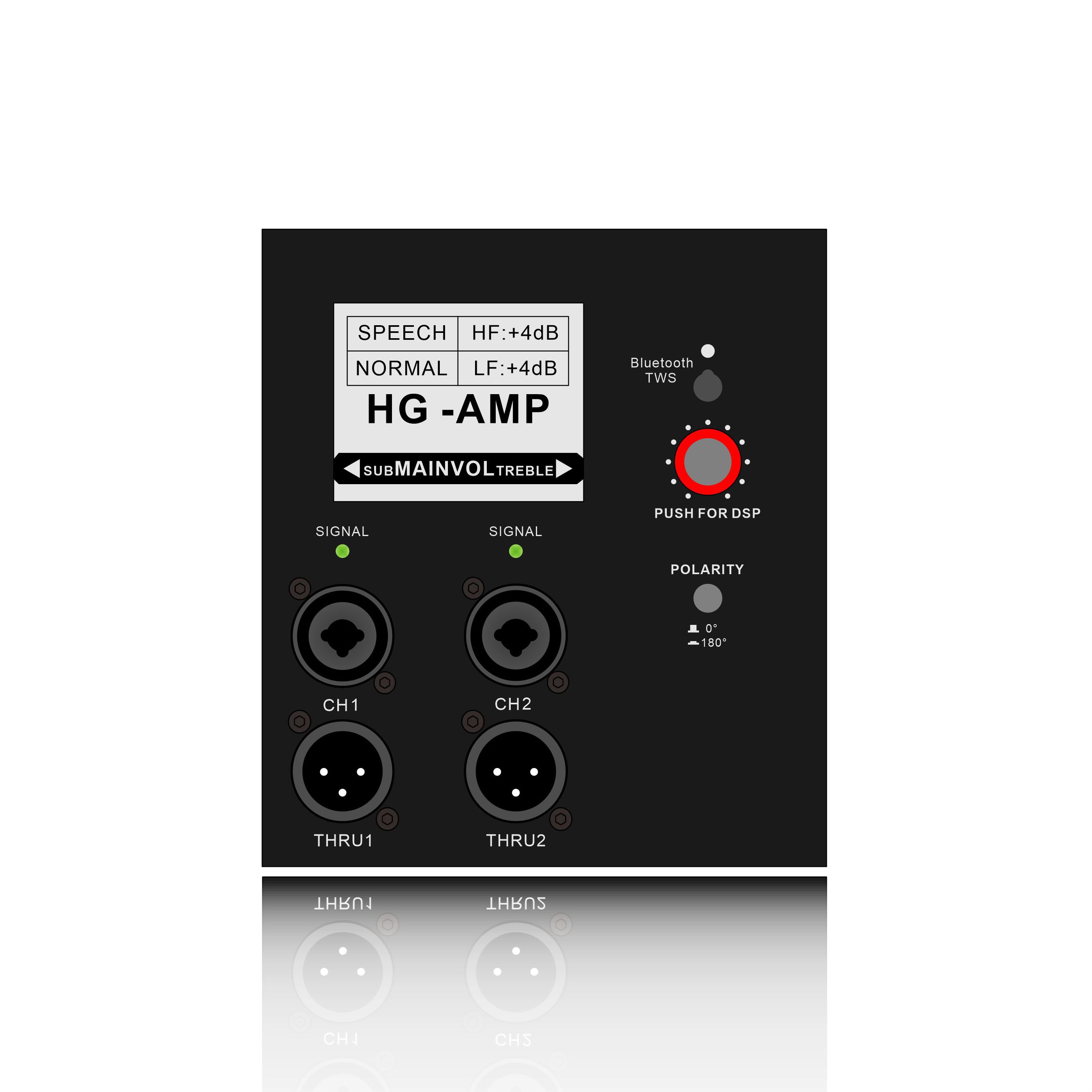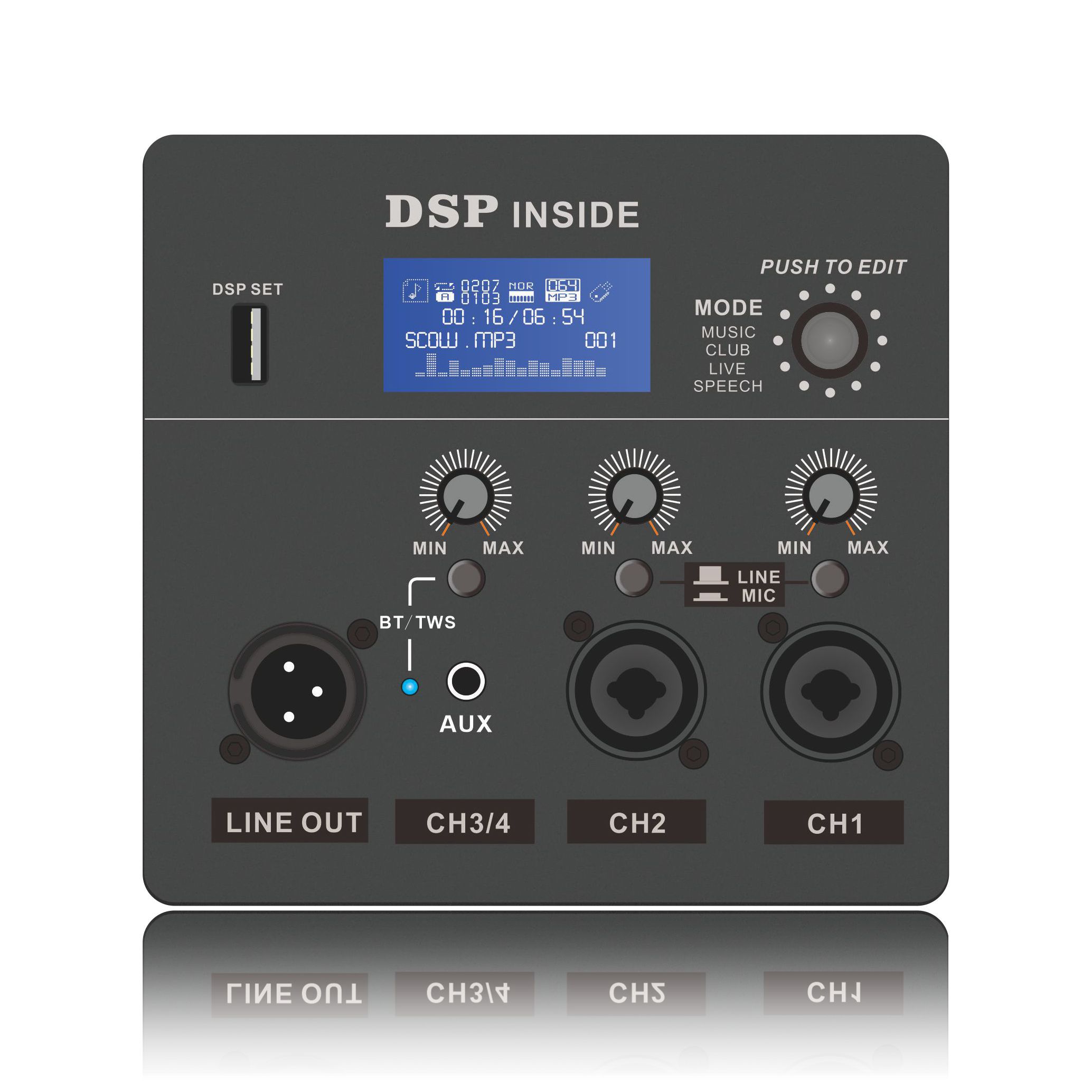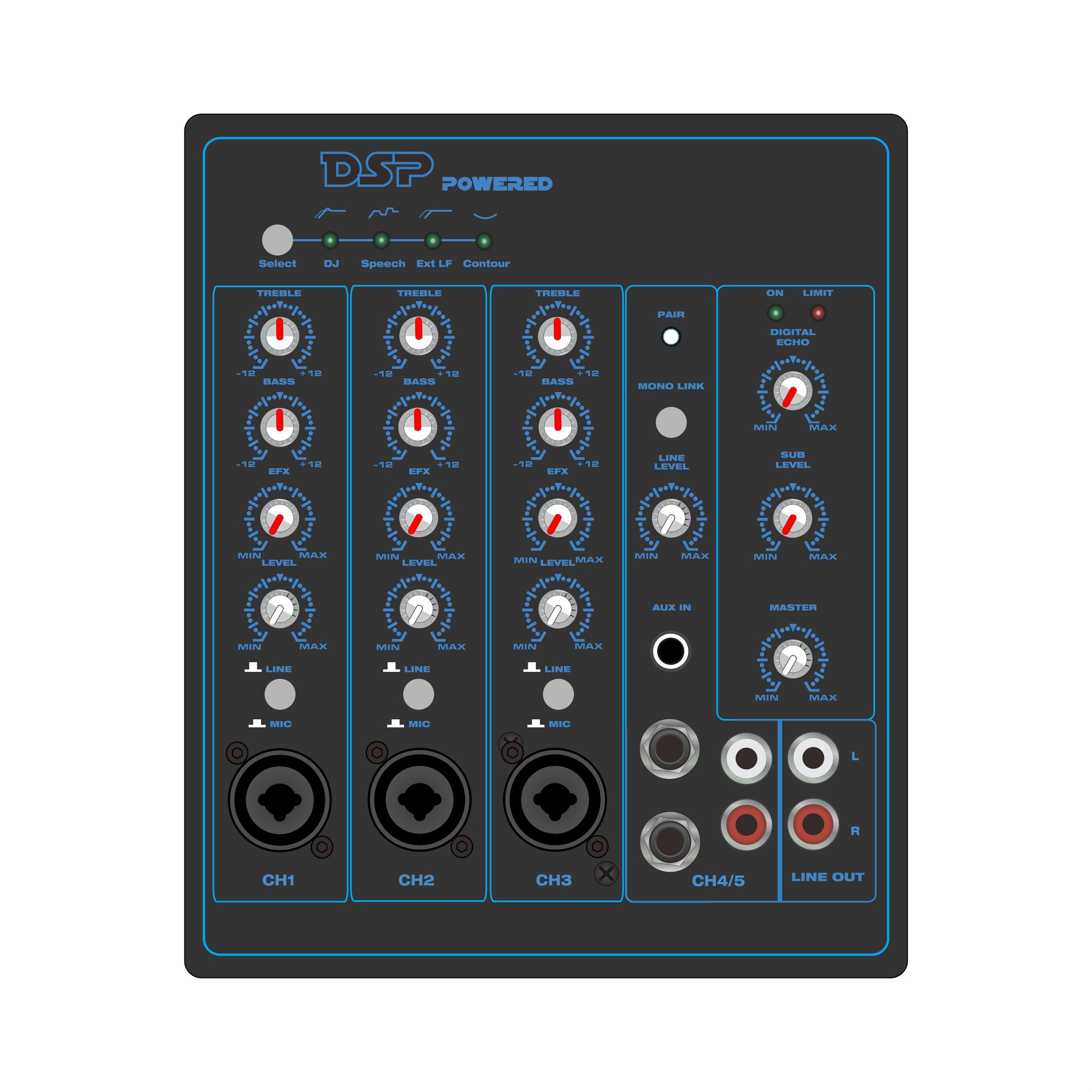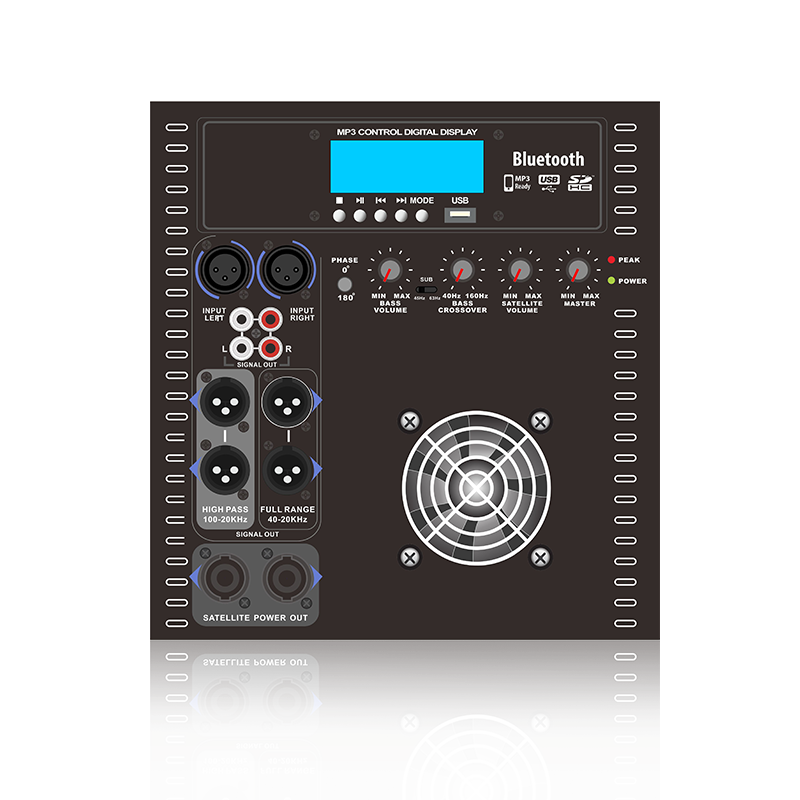1. Innovation of working principle
Digital modulation basics: Digital modulation technology digitizes the input signal and converts the signal into a pulse sequence using techniques such as pulse width modulation (PWM) or pulse frequency modulation (PFM). This process allows the Class D amplifier to more accurately control the waveform and power of the output signal.
Switch mode operation: Class D Power Amplifier Module adopts switch mode operation, that is, the output device quickly switches between the working state and the disconnected state. This mode of operation significantly reduces power losses because almost no power is consumed when the device is in the off state. Digital modulation technology ensures high-efficiency power conversion by precisely controlling these switching states.
2. Implementation of high efficiency
Reduce power loss: Traditional Class A power amplifiers have current flowing through the output device throughout the signal cycle, resulting in higher power loss. The Class D power amplifier uses digital modulation technology to deliver current to the load only when needed, thereby significantly reducing power loss.
High-efficiency conversion: Digital modulation technology enables Class D power amplifiers to achieve power conversion efficiency of up to more than 80%, which is much higher than traditional Class A, Class B and Class AB power amplifiers. This high-efficiency conversion not only extends battery life but also reduces cooling requirements.
3. Improvement of audio quality
Low distortion: Digital modulation technology ensures that the waveform of the output signal is highly consistent with the original signal by precisely controlling the duty cycle and frequency of the pulse sequence. This low distortion allows Class D amplifiers to provide clear and accurate audio output.
Filter circuit design: In a Class D power amplifier, the digitally modulated pulse sequence is filtered through an LC low-pass filter to restore the original audio signal. Filter design is critical to maintaining audio quality, and digital modulation technology provides more flexibility and precision in filter design.
4. Miniaturization and integration
Reduced size: Class D amplifiers have lower cooling requirements due to their high efficiency and low heat generation. This allows the Class D power amplifier module to be designed to be more compact and lightweight, making it suitable for portable audio equipment and space-constrained applications.
Improved integration: With the development of integrated circuit technology, digital modulation technology has also achieved a higher level of integration. This allows the Class D amplifier module to be integrated with other audio processing components to form a more compact and efficient audio system.

 English
English 中文简体
中文简体
